The incident where a huge mountain collapsed and completely buried a pickup truck carrying 3 people on National Highway 279, passing through Pom Khen village, Minh Luong commune ( Lao Cai province), still haunts many people. At about 2:00 a.m. on October 3, the authorities were able to remove the bodies of 2 victims from the car, Hoang Van D. and Hoang Duc G., while the third victim, Phung Van T., has not yet been found.
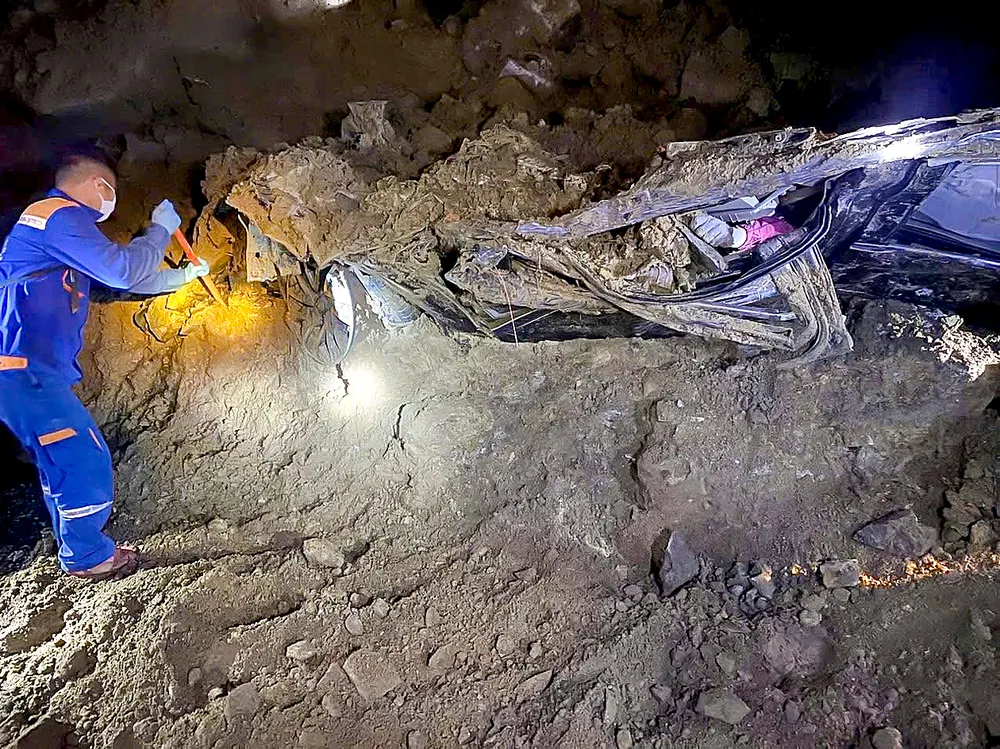
Currently, most major routes such as National Highway 6 (through Phu Tho, Son La, Dien Bien provinces), National Highway 2 (through Tuyen Quang province), National Highway 4D connecting Lao Cai - Lai Chau, National Highway 32 through Khau Pha Pass - Mu Cang Chai (Lao Cai province) and a series of large and small routes in Cao Bang and Thai Nguyen provinces... are at risk of landslides. While these are vital traffic routes, with a very large traffic volume, especially container trucks carrying import and export goods and tourist vehicles.
According to records, the National Highway 4D connecting Sa Pa (Lao Cai) and Lai Chau has recently been continuously eroded in the area of Binh Lu Commune (Lai Chau Province) and Coc San Commune (Lao Cai Province) - located on both sides of O Quy Ho Pass. Every time there is a storm or heavy rain, the Traffic Police of Lai Chau and Lao Cai provinces have to assign personnel to be on duty to regulate traffic and place warning signs. Although road maintenance units have made efforts to fix the problem, every time there is heavy rain, the erosion recurs. At many times, hundreds of tourist groups are stuck in Sa Pa or Lai Chau due to landslides on Highway 4D.
Mr. Nguyen Van Ut, a driver for a travel agency in Hanoi, said that every month he travels to transport passengers on the northern mountainous routes such as Sa Pa, Mu Cang Chai, Dong Van - Meo Vac stone plateau, etc., so he has witnessed hundreds of landslides. There were landslides in the Khau Pha Pass area (Lao Cai province) where he had to stay for 2-3 days waiting for the road to be cleared or take a detour twice as long to get back to Hanoi.
Speaking to SGGP reporters, Dr. Tran Tan Van, former Director of the Institute of Geology and Minerals, said that recently, landslides along roads and residential areas have occurred with increasing frequency and severity. The cause is due to increasingly extreme weather conditions, after each prolonged heat wave, there is often heavy rain, causing the loss of soil and rock cohesion. But the underlying cause is the depletion of primary forests. Many places have overdeveloped planted forests without paying attention to protecting the vegetation cover to retain water sources and protect soil structure.
According to Mr. Pham Duc Luan, Director of the Department of Dyke Management and Natural Disaster Prevention (Ministry of Agriculture and Environment), this unit has just developed and published a handbook on landslide response skills, including a handbook for tourists traveling during the rainy and stormy season. The Department of Dyke Management and Natural Disaster Prevention recommends that people should limit their travel during days of heavy rain and floods, need to equip themselves with survival skills and proactively prevent unwanted and unpredictable risks and accidents.
Due to the impact of storm No. 10, the People's Committee of Meo Vac commune (Tuyen Quang province) recently directed the temporary suspension of all cruise activities on Nho Que river and sightseeing along Hanh Phuc road and Ma Pi Leng pass. In Lao Cai province, the Department of Culture, Sports and Tourism has directed the Provincial Tourism Association and businesses to ensure the safety of tourists at Sa Pa tourist area and Mu Cang Chai area (where the rice is ripening season).
Source: https://www.sggp.org.vn/mua-bao-chong-mua-bao-o-cac-tinh-phia-bac-hiem-hoa-chuc-cho-do-dat-da-ngam-nuoc-post816276.html



![[Photo] Bustling Mid-Autumn Festival at the Museum of Ethnology](https://vphoto.vietnam.vn/thumb/1200x675/vietnam/resource/IMAGE/2025/10/4/da8d5927734d4ca58e3eced14bc435a3)
![[Photo] Solemn opening of the 8th Congress of the Central Public Security Party Committee, term 2025-2030](https://vphoto.vietnam.vn/thumb/1200x675/vietnam/resource/IMAGE/2025/10/4/f3b00fb779f44979809441a4dac5c7df)
![[Photo] General Secretary To Lam attends the 8th Congress of the Central Public Security Party Committee](https://vphoto.vietnam.vn/thumb/1200x675/vietnam/resource/IMAGE/2025/10/4/79fadf490f674dc483794f2d955f6045)


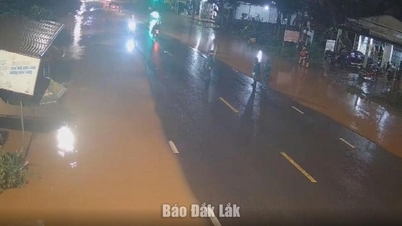

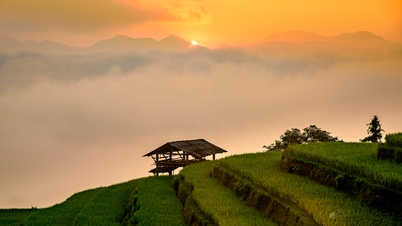





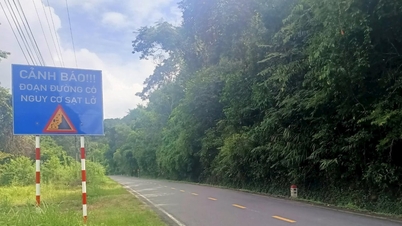

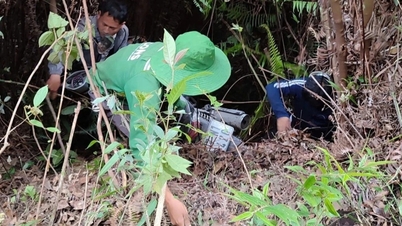




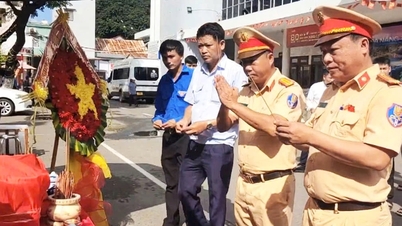

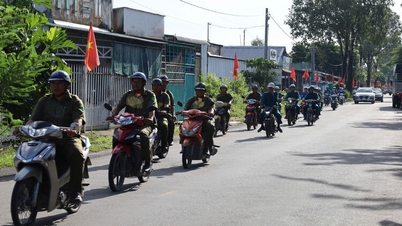

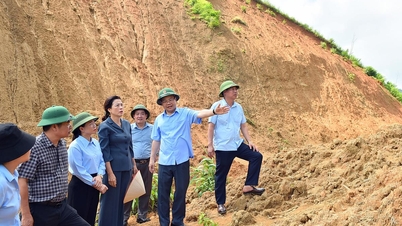






![Bringing G-DRAGON 2025 WORLD TOUR [Übermensch] to Vietnam, 8Wonder turns the impossible into possible](https://vphoto.vietnam.vn/thumb/402x226/vietnam/resource/IMAGE/2025/10/4/f2e1e99f90a54c788bb3acaba910ba8b)





![[Infographic] Notable numbers after 3 months of "reorganizing the country"](https://vphoto.vietnam.vn/thumb/1200x675/vietnam/resource/IMAGE/2025/10/4/ce8bb72c722348e09e942d04f0dd9729)













































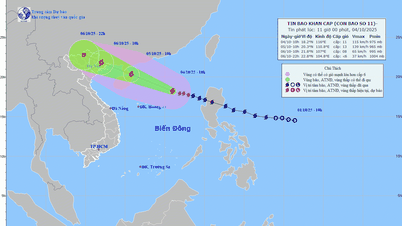

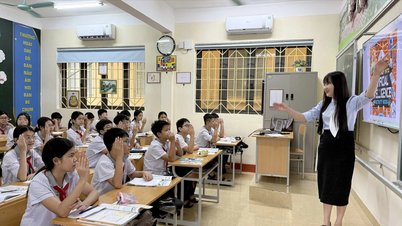

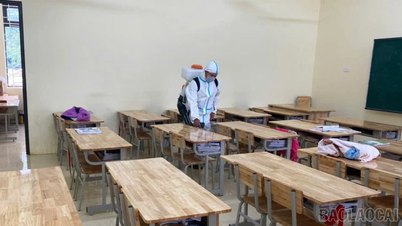










Comment (0)